
BY Captain Bobbie Scolley, U.S. Navy (ret.) and Rear Admiral Tim Gallaudet, U.S. Navy (ret.)For more than six decades, spanning from 1905 to the late 1970s, the U.S. Navy’s diving apparatus for deep ocean operations and salvage remained fundamentally unchanged. During this period, the demographic of navy divers also saw little alteration.
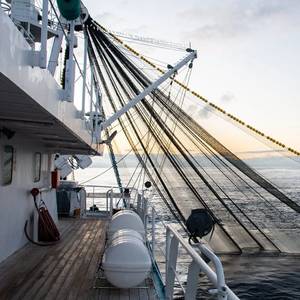
U.S. President Donald Trump’s regulatory freeze has injected chaos and uncertainty into a number of lucrative American fisheries, raising the risk of a delayed start to the fishing season for some East Coast cod and haddock fleets and leading to overfishing of Atlantic bluefin tuna, according to Reuters interviews with industry groups and federal government employees.
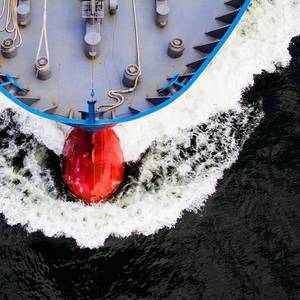
The last 12 months has seen values rise to near-record levels across several sectors of the shipping industry, fuelled by the post-covid shipping boom and a strong newbuild market.The report states that the newbuild market experienced continued growth, with a notable rise in orders, particularly in the Post/Panamax and Capesize sectors.
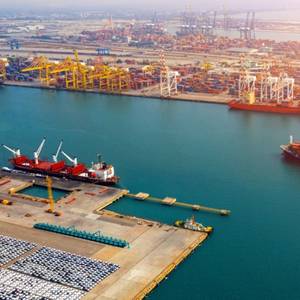
Container shipping companies like Maersk, CMA CGM and COSCO have ordered hundreds of new vessels in recent years meant to help their industry slash greenhouse gas (GHG) emissions to meet rising demand from customers and regulators around the globe.Their order books, however, reflect uncertainty over which of a wide array of so-called green fuels will become the standard in the decades to come
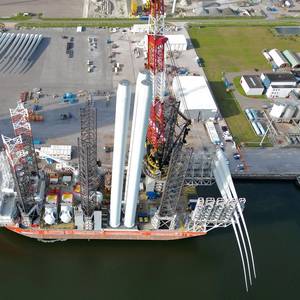
Soaring costs, project delays and limited investment put targets out of reachAfter a year of canceled projects, broken turbines, and abandoned lease sales, the global offshore wind industry no longer has much chance to hit the lofty targets set by governments in the U.S., Europe and elsewhere ... with the exception of China.

Nippon Yusen Kabushiki Kaisha (NYK) has completed a joint demonstration with Singapore-based Global Centre for Maritime Decarbonisation (GCMD) that verified the long-term use and storage of biofuel onboard ships, confirming its technical safety and sustainable usability.The six-month trial, as part of Project LOTUS, involved continuous use of B24 biofuel on a pure car and truck carrier.

New U.S. tariffs and escalating global trade tensions have reshaped vessel markets in the first half of 2025, curbing investment in some sectors while accelerating strategic orders in others, according to the Half-Year Market Report by Veson Nautical, a provider of maritime freight management solutions and data intelligence.The report states that U.S.

As the shipping world prepares to descend on Oslo for Nor’ Shipping 2025, we take a look at the Norwegian fleet which is currently valued at USD 66.2 bn using VesselsValue data. The following charts highlight the Norwegian fleet breakdown by vessel type, top Norwegian companies, S&P transactions, and the breakdown of dual fuel orders by sector.
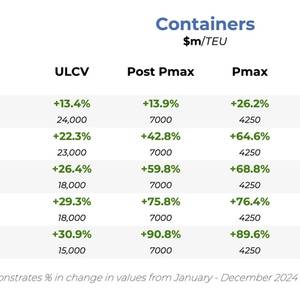
The time charter (TC) rates for Post Panamax container vessels rose by 111% year-on-year (y-o-y) in 2024, hitting 73,330 USD/Day, and has led to a huge uptick in newbuild orders and a slowdown in demolitions according to Veson Nautical’s ‘2024 End- Of-Year-Report’.The report states that the bullish market conditions for the container sector are reflected in the TC rates as well as the 76% y-o-y

With the election (largely) settled, we turn our attention to the challenges and opportunities that the new Administration and Congress hold for maritime stakeholders.Maritime Challenges Out (and at) the GatesOn October 3, 2024, the United States Maritime Alliance (USMX) and the International Longshoremen's Association, AFL-CIO (ILA) reached a tentative agreement on wages
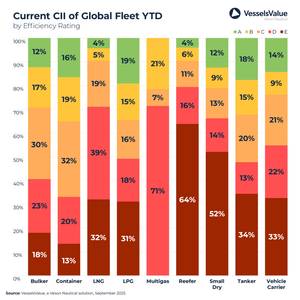
Using data from VesselsValue, a Veson Nautical solution, Rebecca Galanopoulos has analyzed the global container fleet, finding Swiss based MSC currently owns the most expensive fleet with a value of $49.6 billion.This company is also the largest in terms of vessel numbers with a total of 707 vessels, of which 584 are live and 125 on order.

Twenty horses have been found travelling on an illegal transport in horrific conditions, reports World Horse Welfare.Some of the horses are suspected of being smuggled for fattening and slaughter despite the ban on live exports in May 2024.Those on board included Irish Thoroughbreds, Connemaras and leisure ponies – alongside animals that were being moved legitimately.